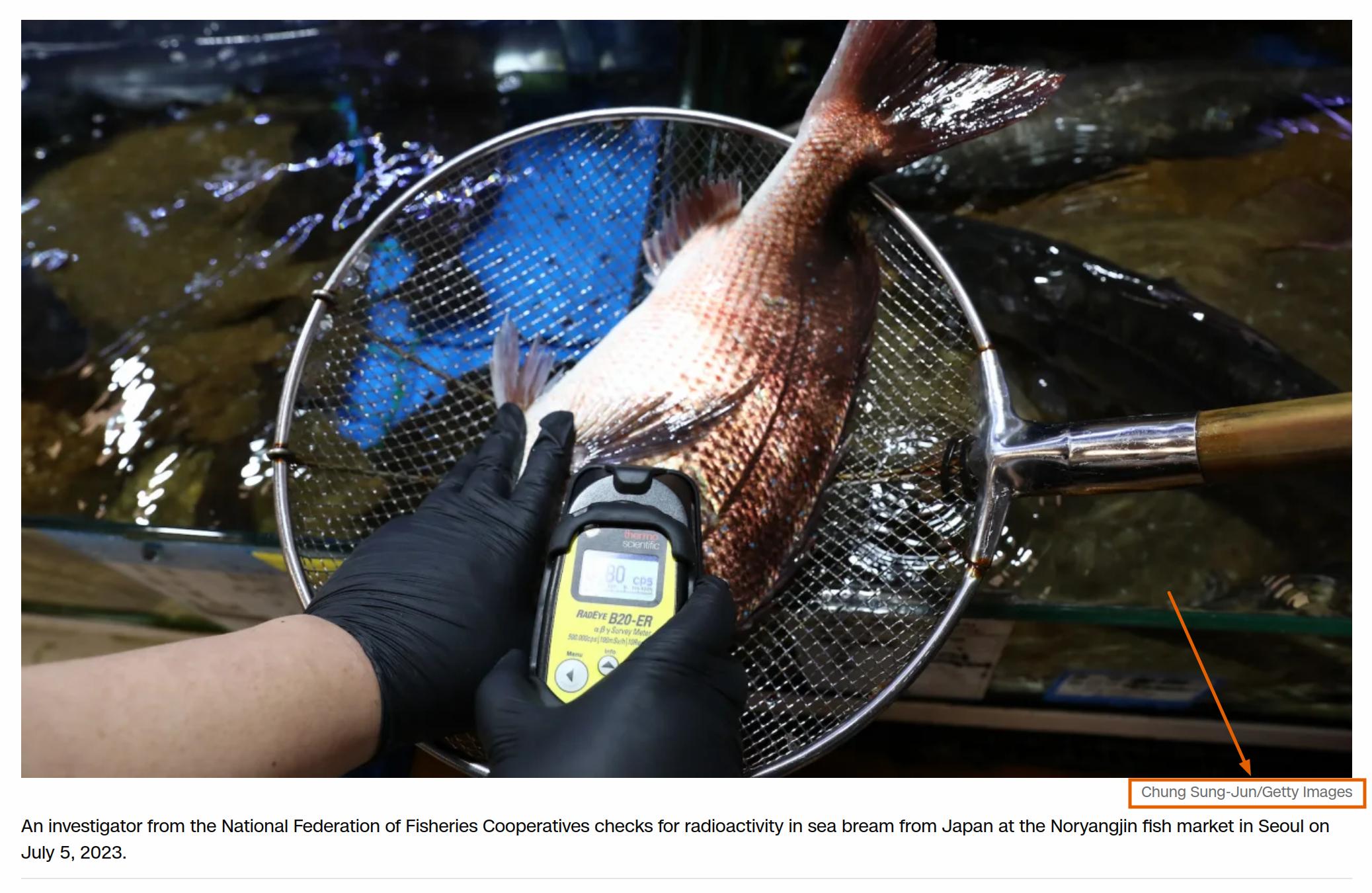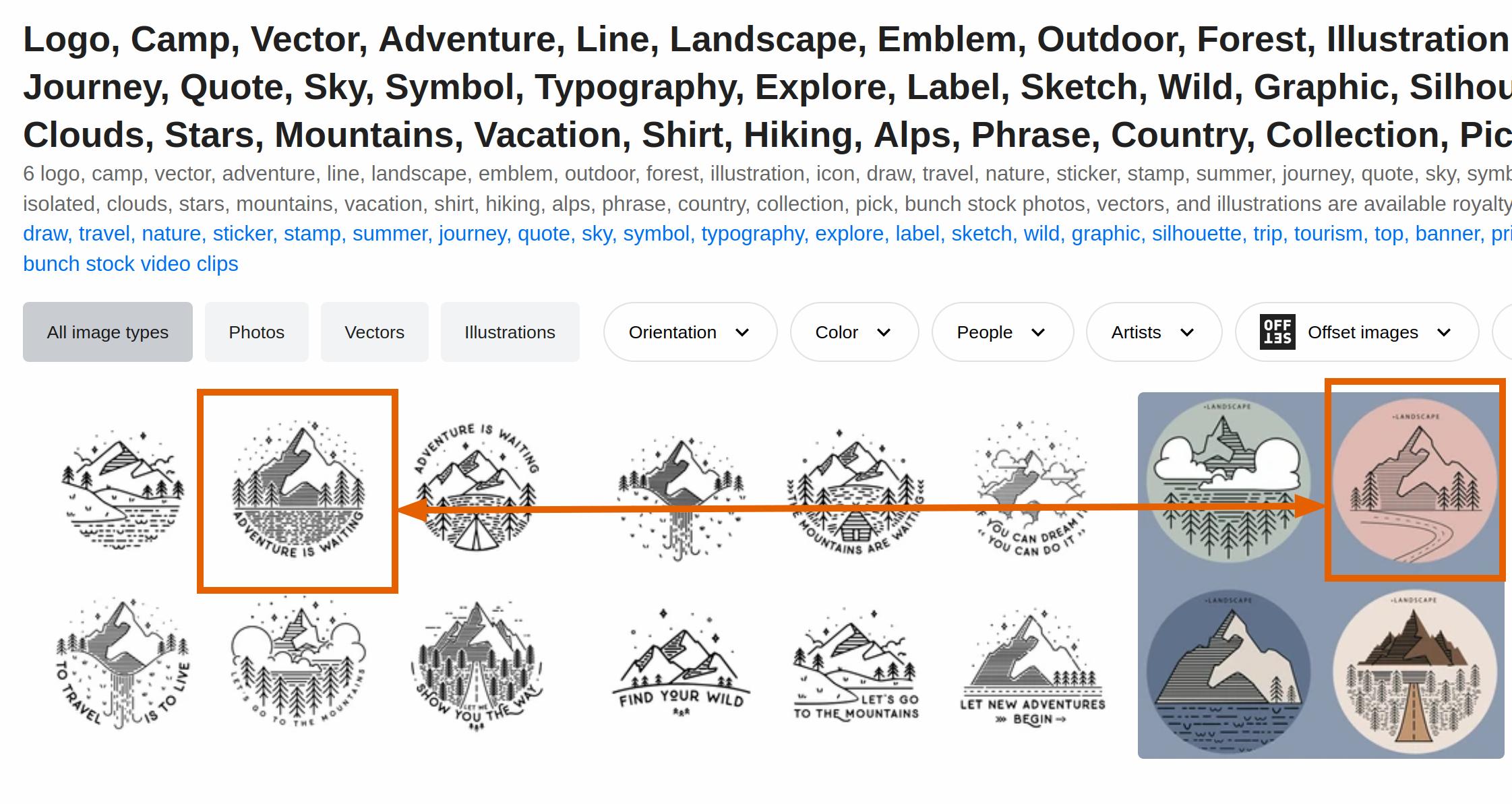While the internet landscape may have evolved from the “Wild West” it once was in the 2000s, certain aspects of human behavior remain unchanged. The unfortunate truth is that what one person creates through hard work and dedication can easily become another person’s illicit acquisition. Microstock contributors, now and again, find themselves confronting theft, ranging from the simple reselling of stolen artwork elsewhere to outright plagiarism. In this blogpost we are going to explore the dark side of the microstocks and measures you can take to combat the “low life” out there.
Types of theft on microstocks
Selling free artworks
Some individuals attempt to profit by deceitfully selling free artworks downloaded from platforms like Pexels or Unsplash. They essentially claim ownership over these images and offer them for sale, exploiting the work of generous contributors and undermining the principles of fair usage.
Reselling assets on other marketplaces
Another form of theft involves individuals purchasing your photos from microstock platforms with the intention of reselling them on other marketplaces. This not only violates copyright laws but also diminishes the value of your creative work as it gets distributed without your consent or proper compensation. Frequently thieves modify the image slightly when putting in elsewhere.
“Darknet” sharing
Some shady buyers get your photos from microstock platforms and share them freely on the darknet (e.g. torrents). This not only takes away potential earnings from you but also exposes your work to unauthorized use, which challenges your rights as the original creator.
Plagiarism for competition
Probably the largest “low life” group in this list. To compete with original authors, some dishonest individuals resort to copying and using successful works as their own in the microstock market. This undermines the integrity of both the original creators and the industry as a whole. Especially relevant with the rise of the generative AI. There are accounts that only create similar artworks and use the same keywords in a desperate hope to earn more.
How to find your stolen photos
Reverse image search
One simple technique is to use a reverse image search engines with your original picture (you can try some of your best-selling ones). Examples are TinEye, Bing Visual Search or “Search by image” in Google Search. Frequently pictures are used by legit resources like news, who purchased them on stock websites, but not from your account.

Note image credit in the lower right corner
You can get this information from below the image, where source is credited. If you notice that the account is not yours - you got a lead.
Search in stock agency
You can find some copyright infringement even in the agency where you’re selling your artworks. There are two ways to run this search - one is by copying keywords and pasting them in the search box and another - by clicking “Similar images” (nowadays majority of microstocks have this function).

Original image (left) and thief (right). Search by keywords
As you can see, you don’t even need to go to other agencies to find theft.
Monitoring forums and lists of thieves
Sometimes a large thief portfolio pops up here and there and it get’s noticed by microstock communities. When this happens, it’s a good idea to check if the account lists some of your work by doing search for this account only with the agency.
Dealing with theft
Complaining to support
Probably the easiest option, thought not always the most effective one, is to contact the agency that lists the offending artwork. Each agency claims that they deal with it in this way or another. For example, Shutterstock suggests to email to [email protected] with the description of the situation.
Note that support of the large companies is always busy so it might take some time to process your email.
Sending a DMCA claim
Probably the most effective one is to send a claim under Digital Millennium Copyright Act of 1998 (“DMCA”). You do not need a lawyer to do it and in fact, there’re multiple templates available online.
The claim usually contains the following information:
- a link to the original work
- a link to the infringing work
- an explanation that the infringing work is used without permission
- a promise (“under penalty of perjury”) that all the above is correct
For example, here are the Shutterstock’s instructions on how to do that.
Although DMCA is the american legislation, you do not need to be a U.S. person to submit it (not to mention that majority of stock agencies are, in fact, american). Again, note that the larger the agency, the slower they process your request.
There’re also services that help you file a DMCA claim, but so far it’s not clear what is their benefit.
Using dedicated services
There are a couple of third-party services that search for stolen assets, sue the offender (or otherwise “protect” your rights) and pocket a small fee from the proceeds. Here’s a non-inclusive list:
They all have a slightly different business model: while the first two search for infringements and dispute the use, the later attempts to make the offender to actually buy what they stole. A good idea would be to try if it works for you.
Note that frequently the buyer themselves is not aware they are using stolen picture or video (unless they downloaded it from the “Darkweb”).
Protecting your content from theft
While dealing with theft means it has already happened, it’s also wise to plan ahead how to eliminate the need to do it in the first place. Of course, this is easier said than done, but there are couple of things to note here:
- obviously, the simpler your artwork is, the easier it is to replicate it (by any means)
- certain types of content is harder to replicate (e.g. video), unique niche props (equipment) or rare jobs/skills
- being exclusive with an agency means nobody else has the right to sell it so claims are faster/easier to file (this can be used strategically for some content)
- generative AI can be used to “clone” only a subset of content, namely, where competition is already high (the more training data there’s on a topic, the easier is to create derivatives)
- if you’re an illustrator, always keep your sketches to prove authenticity of your work
- thieves usually go by best-sellers only so if your portfolio has a good diversification in the low-competition topics, it has less chances of being copied
Conclusion
Stealing has been around since forever, and it’s no surprise that even in the world of microstocks, it’s become a thorny issue. This blogpost has shed light on how to spot image theft and take action. Armed with this knowledge and tools, you can now create visual content that you will be able to protect better.




